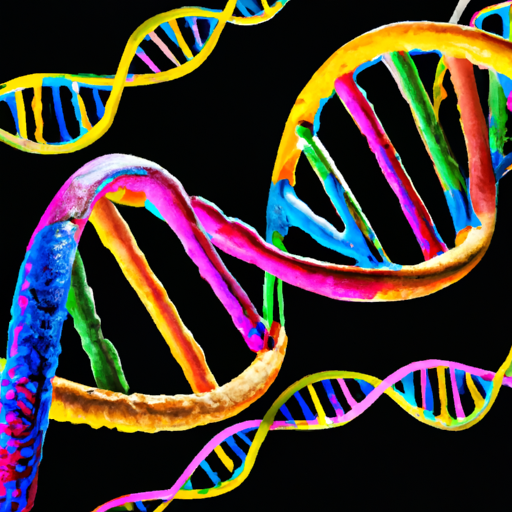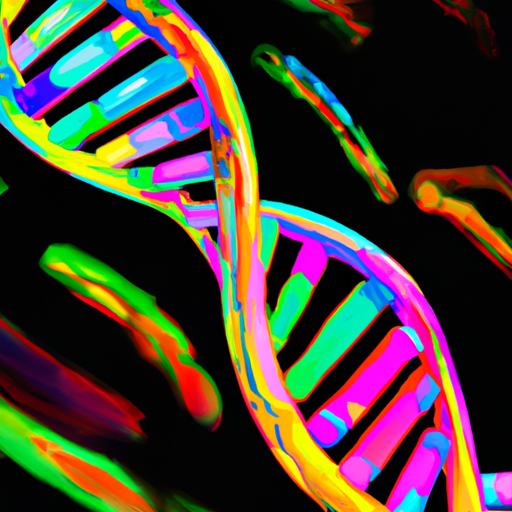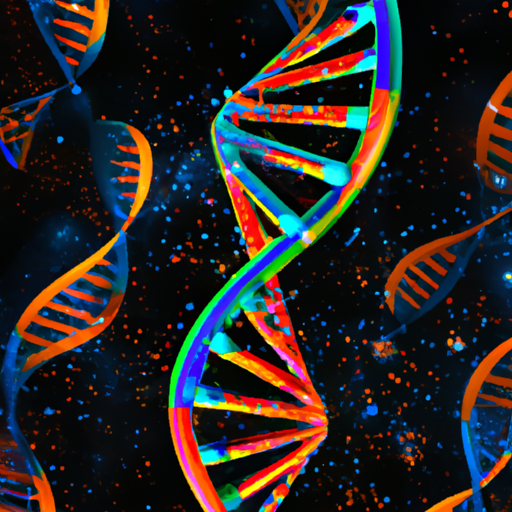The Structure of DNA: Unraveling the Blueprint of Life

The Structure of DNA: Unraveling the Blueprint of Life
Deoxyribonucleic acid, or DNA, is the fundamental building block of life. Its discovery and understanding have revolutionized the fields of biology and genetic research, leading to many breakthroughs in medical science and human understanding. The structure of DNA, first unraveled in the early 1950s, opened the doors to a whole new realm of scientific exploration and continues to be one of the most fascinating and significant discoveries in modern history.

The story of DNA begins in the 1860s when the Swiss chemist Friedrich Miescher identified DNA as a distinct molecule found in the nuclei of cells. Decades later, in the early 1950s, two scientists, James Watson and Francis Crick, took upon themselves the task of determining the structure of DNA. Based on the research of several scientists before them, including Rosalind Franklin and Maurice Wilkins, Watson and Crick were able to piece together the puzzle that would unlock the blueprint of life.
The structure of DNA is often referred to as a double helix. It consists of two long strands that are wound around each other in a twisted ladder-like shape. The sides of the ladder are made up of sugar and phosphate molecules, while the rungs are formed by pairs of nucleotide bases. There are four different nucleotide bases represented by the letters A, T, G, and C. Adenine (A) pairs with thymine (T), and guanine (G) pairs with cytosine (C). This pairing is essential for DNA replication and the transfer of genetic information.
The discovery of the double helix structure of DNA revolutionized our understanding of how genetic information is stored and transmitted. It revealed that DNA carries the instructions needed for the growth, development, and functioning of all living organisms. It also explained how traits are inherited and why certain genetic diseases are passed down through generations. The structure of DNA fundamentally changed our perspective on life itself.

Since the identification of DNA's structure, significant advancements in genetic research and biotechnology have been made. DNA sequencing technologies have improved tremendously, allowing scientists to read and analyze entire genomes, leading to breakthroughs in understanding diseases, unraveling evolutionary relationships, and developing personalized medicine. The field of genetic engineering has also made remarkable progress, enabling modifications and manipulations of DNA to produce better crops, develop gene therapies, and even create new organisms.
Furthermore, the discovery of DNA's structure has had profound implications for forensic science. DNA analysis has become an essential tool in criminal investigations, establishing guilt or innocence and solving cold cases that have remained unsolved for years.
In conclusion, the structure of DNA is an extraordinary marvel of nature that holds the blueprint of life. Unraveling its structure revealed the fundamental principles behind inheritance and the functioning of living organisms. It revolutionized fields like biology, genetics, forensics, and medicine, leading to unprecedented advancements and discoveries. The understanding of DNA's structure continues to shape our world today, with ongoing research promising even more breakthroughs in the future.






